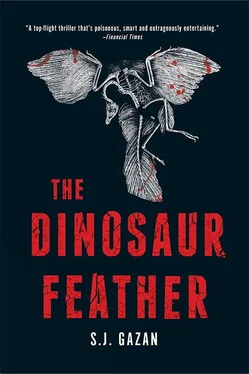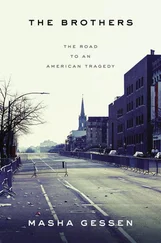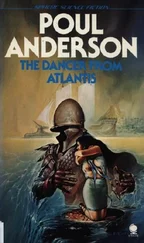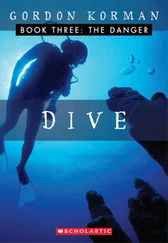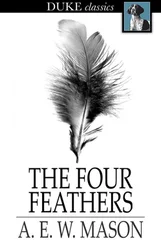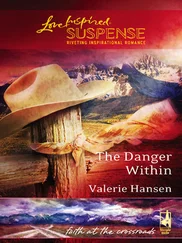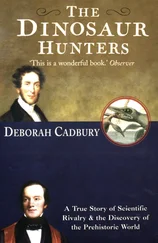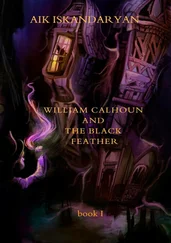“Just read it and tell me if you agree.”
Professor Freeman read it. He shrugged.
“It’s elementary,” he said. “It’s the requirements for internal consistency and convincing argumentation for selection and refutation of scientific positions. Is this what they teach postgraduates here at the University of Copenhagen?”
Anna was aware she was starting to sweat.
He was walking right into her trap.
“Do you agree with them?”
“Completely.” Professor Freeman let the paper rest against his thigh and looked at Anna.
“Then please could you tell me why you, in your argumentation on feathers, to name one example, are guilty of a severe case of inconsistency, which you’ve just agreed mustn’t happen if a position is to be deemed scientific?”
Silence.
Then Freeman said, “What sort of nonsense is this?”
“Your nonsense, Professor Freeman.” Anna flicked through her papers. “In 2000, Chang and Laam described Sinosauropteryx as having well-preserved, feather-like skin structures. Since then dinosaurs with more or less distinct, feather-like structure have literally poured out of the ground, such as Tyrannosaurus Rex found in 2005. Your opponents argue convincingly for the structure being homologous with feathers, and that consequently a feather isn’t a diagnostic feature reserved for birds but characteristic of a wider group of predatory dinosaurs, including birds. One of the most important conclusions drawn from this is that feathers evolved before flight.” Anna looked briefly at Freeman.
“You obviously disagree profoundly with this statement and in 1985, in 1992, in 1995, three times in 1997, again in 1999, and six times between 2001 and 2004, you write, in a range of scientific journals, that the evolution of feathers is inextricably linked with the evolution of flight and it wasn’t until later that it served to insulate the animal. Is that correct?”
Freeman nodded in an off-hand manner.
“You also write several times that, in terms of evolution, it would be wasteful to develop complex contour feathers, which would only be used for insulation. Ergo, the structures might look like feathers, but they aren’t real feathers. Rather than Archaeopteryx , you and your supporters point to the archosaur, Longisquama , as the likely candidate for the ancestor of birds, is that correct?”
“That’s right.” Professor Freeman had regained his footing, but Anna could tell that he wasn’t enjoying it.
“So now we turn to theoretical science issues, still on the premise that you agree with the rules for scientific integrity, as stated on the sheet of paper. Do we still agree with those rules?”
“Yes,” Freeman croaked.
“Then how do you explain that you, in two papers, one from 1995 and the other from 2002, are critical of the feather-like structures found on Longisquama , and argue these structures bear a striking resemblance to plant material, when you, in a paper from 2000 claim, in great detail, these very structures seal a homologous relationship between modern birds and Longisquama ? Plant material , Professor Freeman?”
Freeman made to say something, but Anna continued regardless.
“It’s unbelievable that you dare to assume Longisquama is an archosaur which, according to many experts is by no means certain, and simultaneously you reveal a naive understanding of falsification. It’s not enough to claim Longisquama is bird-like, that’s quite simply not a convincing reason to let Longisquama push Archaeopteryx off the throne.” Anna glanced at Freeman before she went on, knowing full well Freeman was on the verge of exploding.
“I have two further theoretical science disparities associated with your argumentation concerning feathers, then I’ll let you go. In an article in Nature in 2001, you state it’s impossible to establish whether predatory dinosaur feathers are homologous with those of modern birds, because the claim cannot be tested biochemically. But elsewhere…” Anna leafed through her notes. “More specifically in your 2001 book The Birds , on page 114, you claim that it ‘is not scientifically correct to use biochemical analyses to determine if Longisquama’s appendage was animal or vegetable,’ which, for me, is a striking example of the inconsistency which characterizes most of your general argumentation. You let the validity of an argument depend on the actual situation, and that isn’t in accordance with prevailing rules for good science.”
Professor Freeman was white as a sheet.
“Last, but not least, you write in 2000 and in 2002, in Science and Scientific Today respectively, it’s impossible to imagine that a structure as complex as a feather might have evolved independently in different situations, which is likely to be correct. However, the inconsistency arises the moment you, on several occasions in 1996, 1999, and 2000, argue brazenly that other, equally complex structures found in both birds and dinosaurs, such as the half-moon-shaped carpal, might well be the result of convergent evolution. Isn’t it absurd that the feather, according to you, could not have evolved independently, while the half-moon-shaped carpal could ?” Anna raised her eyebrows and looked at Professor Freeman.
“Have you finished?” he groaned.
“Yes,” Anna said. “I’ve proven the same kind of sweeping inconsistency and absence of methodology with respect to your arguments about stratigraphic disjunction, the carpus, the furcula, the ascending process of the talus bone, the fingers of the bird hand, and the orientation of the pubic bone. However, I think my time’s up.”
Nothing happened for several seconds. The air stood still and Anna’s heart raced. Then Professor Freeman pushed back his chair and walked out.
Anna let herself fall into Freeman’s empty chair. She heard his footsteps fade away; she heard the doors close, and she sensed how his defeat was absorbed by the stillness of the room. Her heartbeat slowly returned to normal.
“You can come out now, Dr. Tybjerg,” she said.
She didn’t say it very loud; she knew he was close by.
Anna and Dr. Tybjerg put Karen and Lily on the number 18 bus. Tybjerg was less than thrilled, but Anna had insisted and helped him into his jacket as though he was a child.
“I’ll be there in an hour,” Anna promised. Karen looked dubious.
“Karen, I’ll be there in an hour,” she repeated, gravely. “If you make the batter, I’ll make pancakes when I get home.”
Lily shouted with glee and Karen relented.
When the bus had departed, Tybjerg said, “I’ve never met your daughter before.”
And Anna replied, “No.”
Then they caught a bus to Bellahøj police station. Tybjerg seemed drained and kept squinting in the light.
They introduced themselves at the reception but didn’t even have time to sit down before Søren Marhauge came racing out and looked from Anna to Dr. Tybjerg, dumbfounded.
“Er, hi,” he said. “Glad you’re here.”
They were put in separate interview rooms. Dr. Tybjerg gave her an anxious look before his interview began, but Anna shook her head gently. You’ll be fine, she signaled.
The interview lasted thirty minutes. Søren’s questions were precise and thorough, and she tried to reply likewise. When Søren told her that Asger Moritzen was dead, the tears started falling down her cheeks. Søren got up. He’s about to hand me a tissue, she thought, to wipe away my tears, tell me to pull myself together, be strong. But he didn’t. He squeezed her shoulders gently and told her she was free to go once she signed her statement.
Читать дальше
